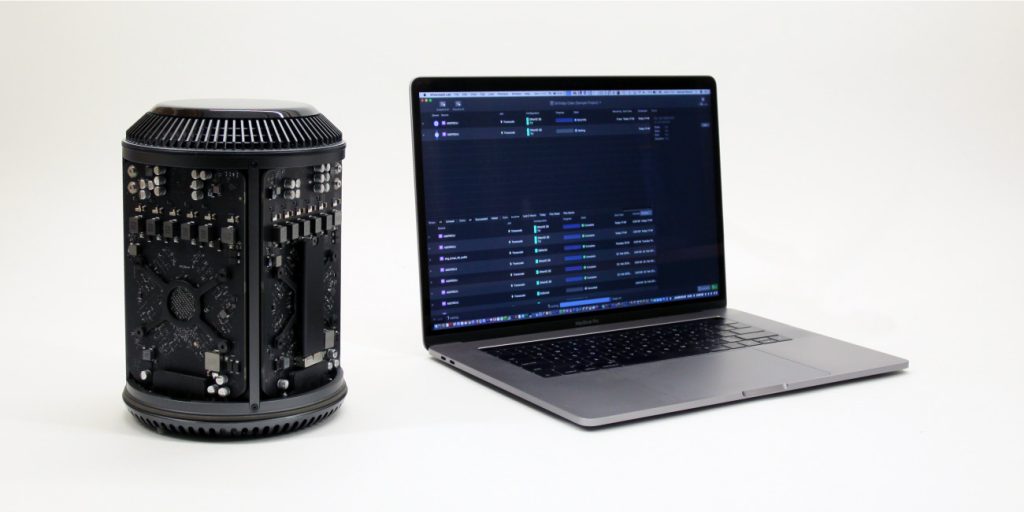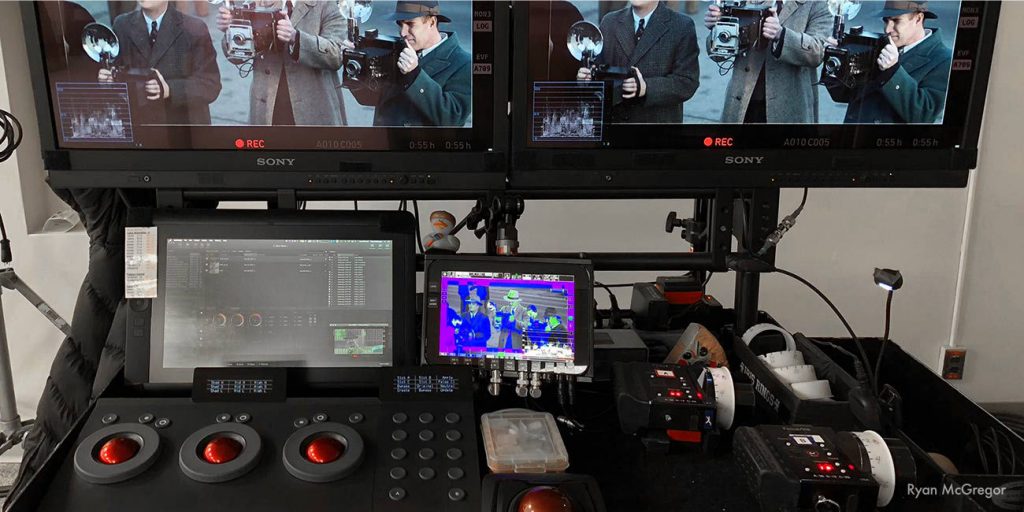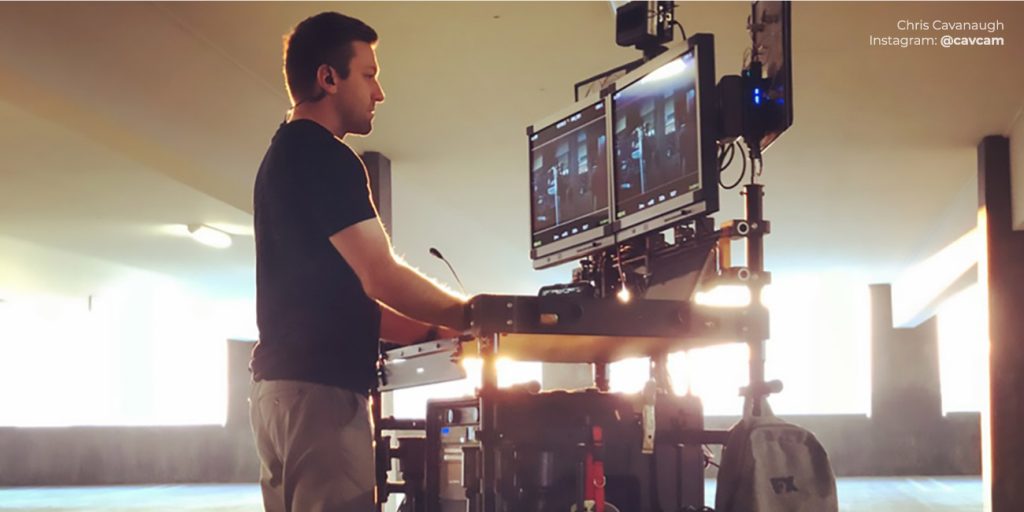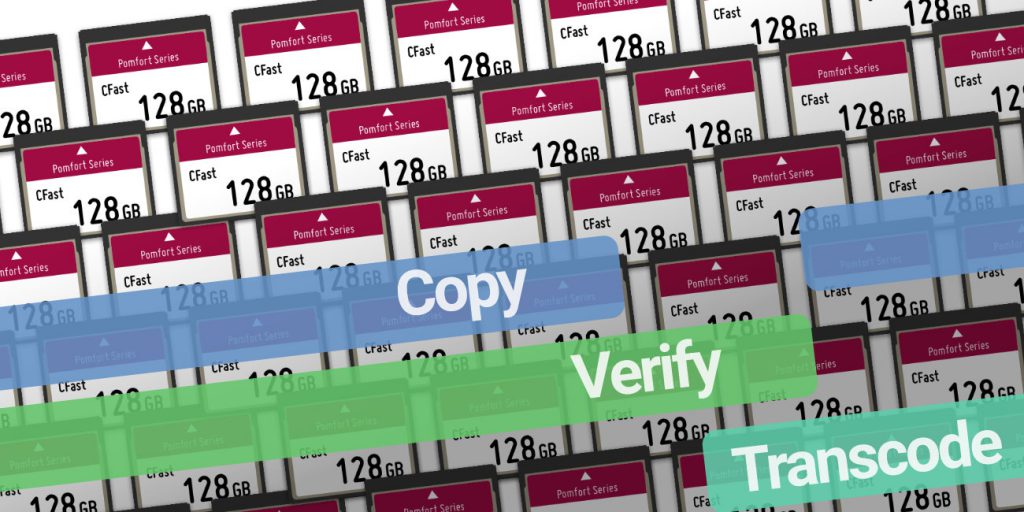CPU or GPU: Which Processing Power You Should Boost to Improve Transcoding Speed 6 min read

When preparing for a job on which you will be responsible for transcoding, it’s important to choose the hardware with the right processing power. The type of processing power has significant influence on your transcoding performance, so choosing the right CPU/GPU-combination is important in order to optimize your transcoding speed.








